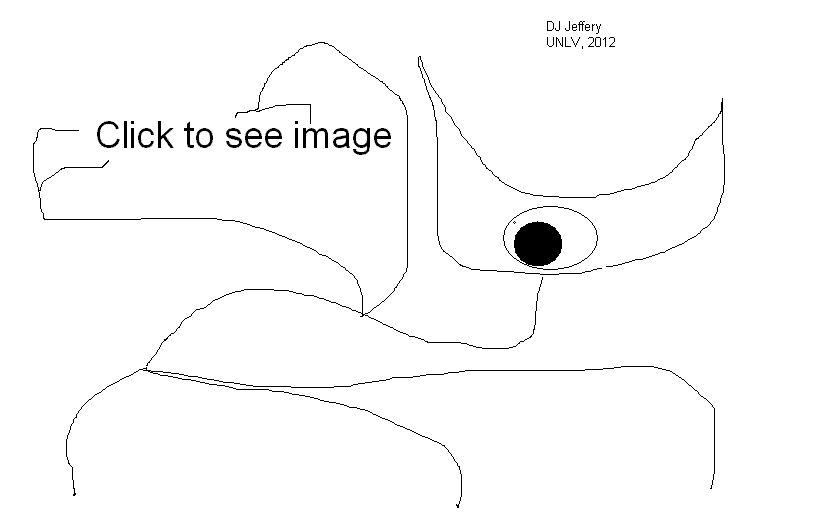
Image 1 Caption: "A logarithmic map (really just a quasi logarithmic map) of the observable universe with some of the known notable astronomical objects. From left to right, the astronomical objects are arranged according to their proximity to the Earth. Near the left border, the Earth and near-Earth objects are depicted. Near the right, the most distant observed objects are depicted. The astronomical objects appear with enlarged size to appreciate their shape." (Somewhat edited.)
Features:
- The map has
artist conception
features since, for example, we are in the
Milky Way, NOT
the outside it.
So it is really just a quasi
logarithmic
map of the
observable universe.
- Some astronomical objects shown:
asteroids
(1 Ceres ⚳,
3753 Cruithne,
65803 Didymos [not shown],
10 Hygiea ⚕,
2 Pallas ⚴,
4 Vesta ⚶),
Big Bang,
Cosmic Dark Ages,
cosmic microwave background (CMB) T = 2.7260(13) K,
cosmic noon (z≅2, cosmic time ∼ 4 Gyr),
cosmic web,
Earth,
galaxies
(Andromeda Galaxy (M31, NGC 224),
Milky Way,
Triangulum Galaxy (M33, NGC 598, type Sc)),
galaxy clusters
(Bullet Cluster,
Fornax Cluster,
Virgo Cluster),
galaxy superclusters
(Shapley Supercluster),
gamma-ray bursts (GRBs),
Halley's comet,
Hubble Space Telescope
(HST, 1990--c.2040),
International Space Station
(ISS, 1998--),
large-scale structure of the universe
(cosmic web),
Moon ☽ (3474, 5th),
planets
(Mercury ☿,
Venus ♀,
Earth ⊕
[moon:
Moon ☽ (3474, 5th)],
Mars ♂
[moons:
Phobos (mean radius 11.2667 km),
Deimos (mean radius 6.2(2) km)],
Jupiter ♃
[Galilean moons:
Io (3643 km, 4th),
Europa (3122 km, 6th),
Ganymede (5268 km, 1st),
Callisto (4821 km, 3rd)],
Saturn ♄
[moons:
Titan (5152 km, 2nd)],
Uranus ⛢,♅,
Neptune ♆,
ex-planet
Pluto ♇
[Pluto system moons:
Charon,
Hydra,
Kerberos,
Nix,
Styx: not all shown]),
quasars,
recombination era,
z=1089.90(23), cosmic time t=377,700(3200) years),
reionization era (AKA cosmic dawn),
spacecraft
(Hubble Space Telescope
(HST, 1990--c.2040),
International Space Station
(ISS, 1998--),
Voyager 1 (1977--2030s),
Voyager 2 (1977--2030s))
trans-Neptunian objects (TNOs)
(Arrokoth (AKA Ultima Thule),
Eris,
Pluto ♇
(ex-planet)),
stars
(61 Cygni,
Aldebaran,
Alpha Centauri A (Α Centauri A),
Arcturus,
Betelgeuse,
Canopus,
Capella,
Castor (not shown),
Pollux,
Procyon,
Proxima Centauri (distance 1.30197 pc
= 4.2465(3) ly),
Rigel,
Sirius,
Sun ☉,
Vega,
Sun ☉,
voids
(Northern Local Supervoid),
etc.

- Image 2 Caption: The Logarithmic Map of Universe gif of Gott et al. (2005) visualizes much of our journey through the cosmos.
The horizontal axis is right ascension where each hour is 15 degrees. The whole right ascension axis is shown from -6 hours to 6 hours with the scale increasing to the left.
The declinations or some fraction (or varying fraction) of them are just conflated I think. The ecliptic is certainly included since the Moon, Sun, and planets appear.
The vertical scale is logarthmic in various appropriate units. The objects are located at one point in time---a point I do NOT know---but circa year 2005.
- For further impressions of The Voyage Out (1915), see Universe zoom videos below:
-
Universe zoom videos
(i.e., Universe zoom
videos):
- Contact Zoom Out from Earth | 5:17: OK for classroom as an opening video or if you want to describe it as it goes along since there is no narrative. There is music and "Tis poetical". It's a bit long, but depending on the time available and your mood, it might be OK to show the whole thing. It's NOT totally accurate. Going through the asteroid belt, it shows asteroids densely packed. Solar System maps show a dense packing since there hundreds of thousands of significant asteroids, but they are really tiny compared to their separations. If you were standing on one, you would only see others as faint stars if at all. Too long for the classroom.
- cosmic voyage to elsewhere : The scale of the Universe | 5:57: OK as an opening. No narrative. Passes through Fermilab and Venice. Pretty. Works as a music video too. Too long for the classroom.
- IMAX Cosmic Voyage | 8:49: Pretty, but a bit slow for classroom. Another opening video. Maybe too long even for that. Starts in Venice---the center of the universe. It seems to be a version of the other Venice zoom video. After a zoom-out, a zoom-in. Too long for the classroom.
- Cosmic Zoom (High Quality) | 8:00: The old National Film Board of Canada zoom-out, zoom-in video---the grandfather of zoom videos, the Ur-zoom video: Cosmic Zoom (1968). I remember seeing this is in the 6th grade or so, ∼ 60 years ago. It starts in Ottawa and it isn't high quality. Too long for the classroom.
- Image 2 Caption: The Logarithmic Map of Universe gif of Gott et al. (2005) visualizes much of our journey through the cosmos.
-
Images:
- Credit/Permission: ©
Pablo Carlos Budassi
(AKA User:Unmismoobjetivo),
2018
CC BY-SA 4.0.
Image link: Wikimedia Commons: File:Observable Universe Logarithmic Map.
- Credit/Permission: ©
J. Richard Gott (1947--) et al.,
2005 / No permission.
Hey, et alii (et al.)
includes my old pal from
the Harvard-Smithsonian
Center for Astrophysics (CfA)
Michael Vogeley---et tu, Michael?
Image link: Logarithmic Map of Universe gif.
Image link: Placeholder image alien_click_to_see_image.html.
File: Cosmology file: cosmos_logarithmic_map_linear.html.